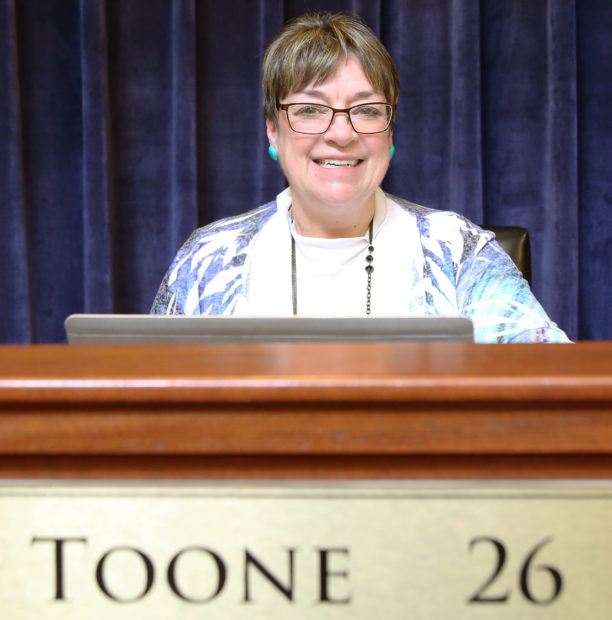The size of America’s student loan debt is staggering: $1.4 trillion. That’s “trillion” with a “T.” It’s more than $600 billion more than the country’s total credit card debt. Nationwide, on average, students who graduated from college in 2016 have just over $37,000 in student loan debt. The numbers for Idaho are a little better. According to an article in USA Today this past April, 71 percent of 2015 graduates had student loan debt. The average debt was just under $28,000 per student.

As an Idaho state legislator, there’s not much I can do about the $1.4 trillion. We’ll have to leave that to Congress for now. However, it is my intention to try and put a dent in that $28,000 when it comes to teachers who stay and teach in Idaho’s rural school districts.
During the 2017 Legislative session, Rep. Paulette Jordan (D-Plummer) and I introduced a student loan forgiveness bill designed to attract and retain teachers in Idaho’s rural schools. I was pleased at the time to see the bill attracted statewide coverage. Apparently, a lot of people recognized the need to recruit good teachers to our rural schools. While the bill passed the Ways and Means Committee late in the session, it never got to a floor vote. I’m hoping to change that next year. I plan to introduce the bill again during the 2018 session. Under the legislation, teachers in eligible rural districts could receive up to $12,000 in student loan forgiveness over four years. That’s about one-third of the total debt for an average college graduate and nearly half the average debt load for Idaho graduates. That seems like a good incentive to me. And one that is sorely needed.
Rural school districts make up about 75 percent of all of Idaho’s districts. In 2017, 37 percent of those districts started the school year with unfilled classroom positions. As the Times-News noted in an article last weekend, other schools are filling positions with unlicensed teachers. The article went on to report that although the number of certified teachers graduating from Idaho’s universities has held steady over the last few years, many of them are heading to Boise and the Treasure Valley. This, of course, is a statewide trend. Between 1990 and 2011, the rural population in Idaho dropped from 41 percent to 31 percent of the total population. As a result, rural schools face special challenges in this regard which is why we need to incentivize teachers to apply and stay in rural districts.
The Governor’s Higher Education Task Force just approved its recommendations last week. The group’s proposals are intended to be part of a larger plan to push Idaho’s “go-on” rate (high school students who “go on” to a post-secondary education or program) to 60 percent by 2025. Making college affordable was definitely part of the Task Force’s agenda. One proposal, championed by Sen. Janie Ward-Engelking, centered around improving the state’s dual credit program which allows high school students to take college-level courses and receive credit at Idaho universities. Another proposal by Rep. Ilana Rubel calls for the institution of a “co-op” program. Under the proposal, Idaho universities would partner with businesses to provide students with a mix of classroom instruction and actual employment at a partnering business. Under the program, students could earn money while in school to pay down student loan debt. I support both proposals. However, the Task Force focused primarily on statewide solutions. As noted above, rural school districts have their own set of challenges when it comes to attracting and retaining qualified teachers. Giving those educators a chance to erase a big chunk of their student loan debt for working in rural school districts is a more targeted incentive that could compliment the Task Force’s proposals.
As my District 26 constituents know, the local schools are mainstays of our small communities. I know this first hand, because before I became a state legislator, I was a lifetime educator. In addition to being the place where our children learn, our rural schools offer a place to gather for sporting events, school plays, town meetings and even political gatherings. The bedrock of any school district are the teachers who come to work every day to educate our kids. Without qualified teachers, a school is just a building. Recruiting and retaining those teachers in our rural schools is essential not just for our kids’ education, but for our community’s strength. I don’t have a trillion-dollar solution for our nation’s student loan debt problem – although I’m open to suggestions. However, in Idaho, $12,000 over four years can go a long way toward strengthening our schools, our communities and our families.
Written by Rep. Sally Toone, who is serving her first term in the Idaho State House of Representatives. She is a Democrat from Gooding and represents District 26.
